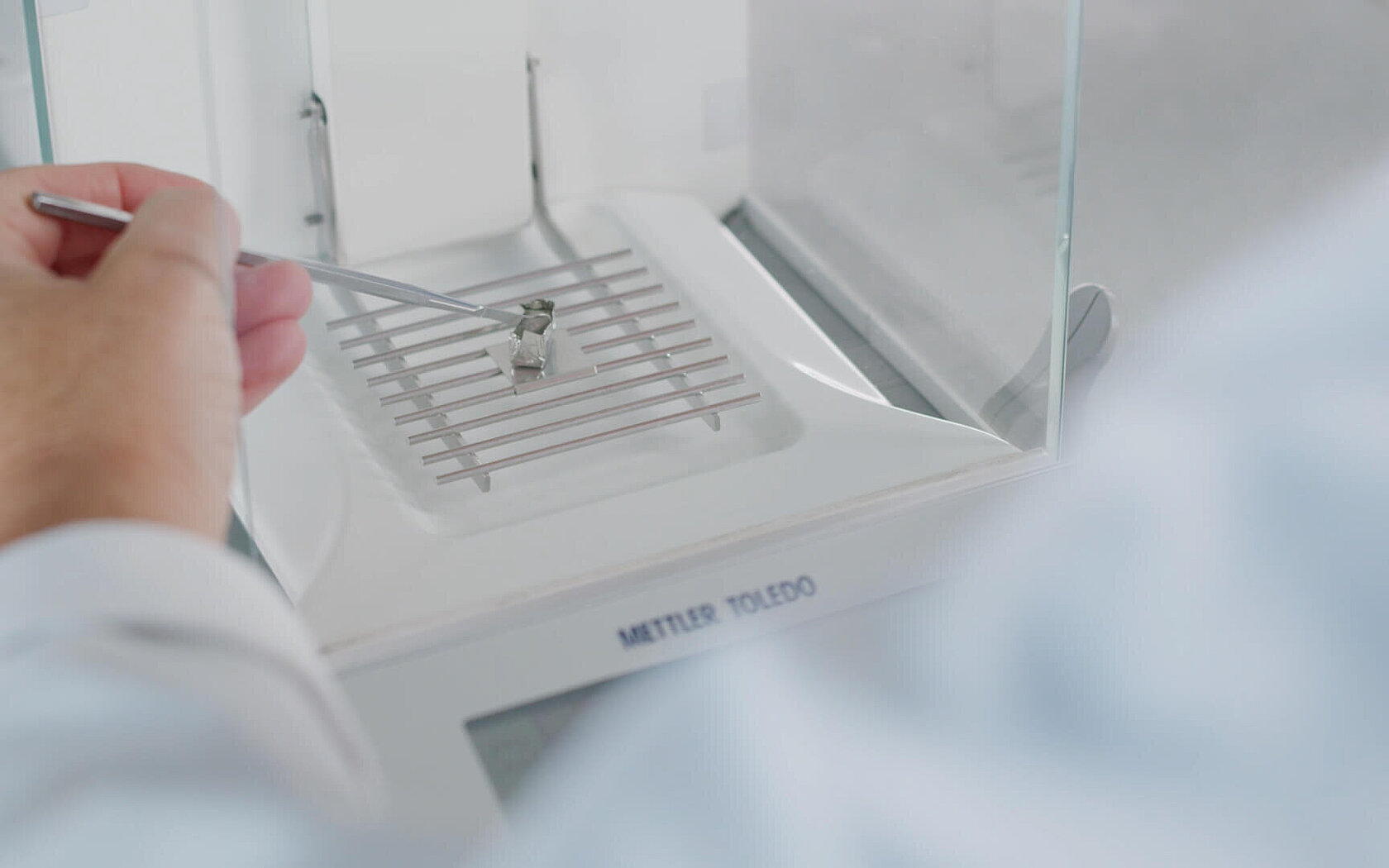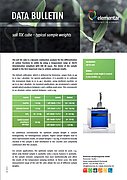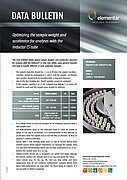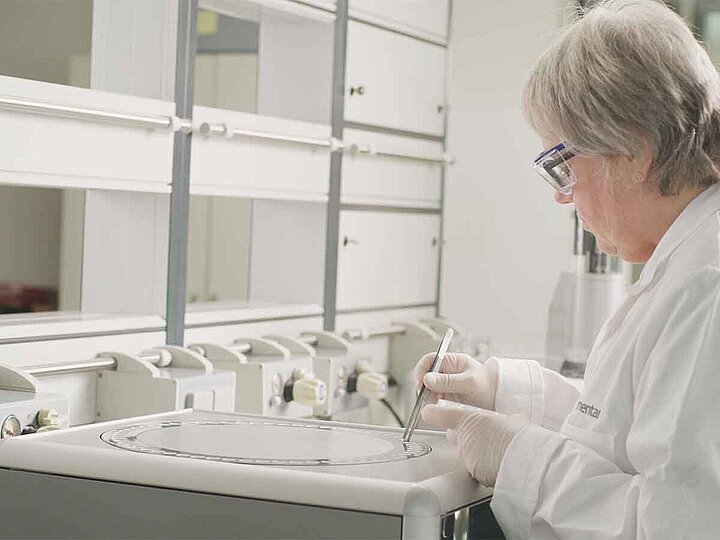Finding the right sample weight for elemental analysis

When performing elemental analysis, choosing the right sample weight is crucial to achieve good results and to make the analysis process economically efficient. The key principle to follow is simple: use a sample that is as small as possible while still being as large as necessary. But what does that mean in practice?
Why optimize the sample weight?
Larger samples require more consumables and frequent maintenance of the analyzer, such as removing ash residues from combustion. Smaller samples, on the other hand, are more economical and efficient to process. However, determining the ideal sample weight depends on several factors.
Factors to consider when selecting sample weight
1. Availability of sample material
Sample material is often scarce - for instance, synthesizing just a few milligrams of a substance can take months, requiring minimal usage. Similarly, archaeological artefacts like mummies offer limited material for analysis. While micro elemental analyzers like UNICUBE® are sensitive enough to quantify CHNS/O in the lowest microgram range, here, the minimum sample weight is dictated by the precision of the balance:
A 6-digit balance can measure as accurately as 1 microgram, but if only 100 micrograms are weighed, the error margin can be 1% (assuming 100% carbon composition).
A 7-digit balance offers even finer precision but comes at a higher cost and requires expert handling.
If your sample material is readily available and relatively inexpensive, like food, soil, coal or plant material, 4- or 5-digit balances are easier to operate and cheaper. In combination with a macro elemental analyzer like vario MACRO cube or vario MAX cube, optimal results are achieved with sample weights in the 100-500 milligram range.

2. Sample homogeneity
The homogeneity of the sample affects how much material is needed for accurate results:
Pure chemicals or liquids are generally homogeneous, meaning only a few milligrams or even less may be sufficient to take a representative sample.
Complex samples like soil or plant material tend to be heterogeneous, requiring either a homogenization step (such as milling and grinding) or an analyzer capable of handling larger samples. While micro elemental analyzers are equipped to also analyze larger soil samples, a macro elemental analyzer is often the better choice for heterogeneous organic materials.
“The optimal sample weight for elemental analysis should be as small as possible but as large as necessary.”
Dr Lutz Lange, Innovations Manager at Elementar

3. Instrument specifications and capacity: organic matter or soil?
Even though micro elemental analyzers are optimized for small milligram or microgram samples, their specifications usually allow processing also larger soil samples up to the gram range. This is mainly because a large fraction of the soil is not combusted at temperatures up to 1150 °C. Silicates and other inert materials stay in the ash finger or crucible for later removal.
Organic samples at >50 mg generate excessive combustion pressure and surpass the separation capacity of a micro elemental analyzer, especially when operated in CHNS mode. To prevent this, the recommended upper limit for organic samples should not be surpassed.
For such large organic samples, a macro elemental analyzer is the better alternative. These are equipped to combust up to several hundred milligrams of organic matter, in the case of vario MAX cube even with automated ash removal.
Conclusion
Selecting the right sample weight requires balancing multiple factors: material availability, sample homogeneity, composition, and the capacity of the elemental analyzer. While micro elemental analyzers like the UNICUBE® offer flexibility for a range of sample sizes, using a dedicated macro elemental analyzer like the vario MACRO cube or vario MAX cube is advisable for handling larger and more heterogeneous samples efficiently. A perfect bridge between both worlds is our benchmark for elemental analysis, the vario EL cube. It's unique setup makes it as sensitive as a micro elemental analyzer, but also capable of analyzing up to 50 mg organic matter in CHNS mode.
Therefore, before purchasing an elemental analyzer, you should already have a good idea of the samples you will later analyze. By understanding these considerations, you can optimize your elemental analysis process for accuracy, efficiency, and cost-effectiveness.
Related downloads
Do not miss any new articles
NEWSLETTER
We will constantly publish new blog articles. Register for our newsletter to stay up-to-date and get informed about latest blog articles, news and trends.



